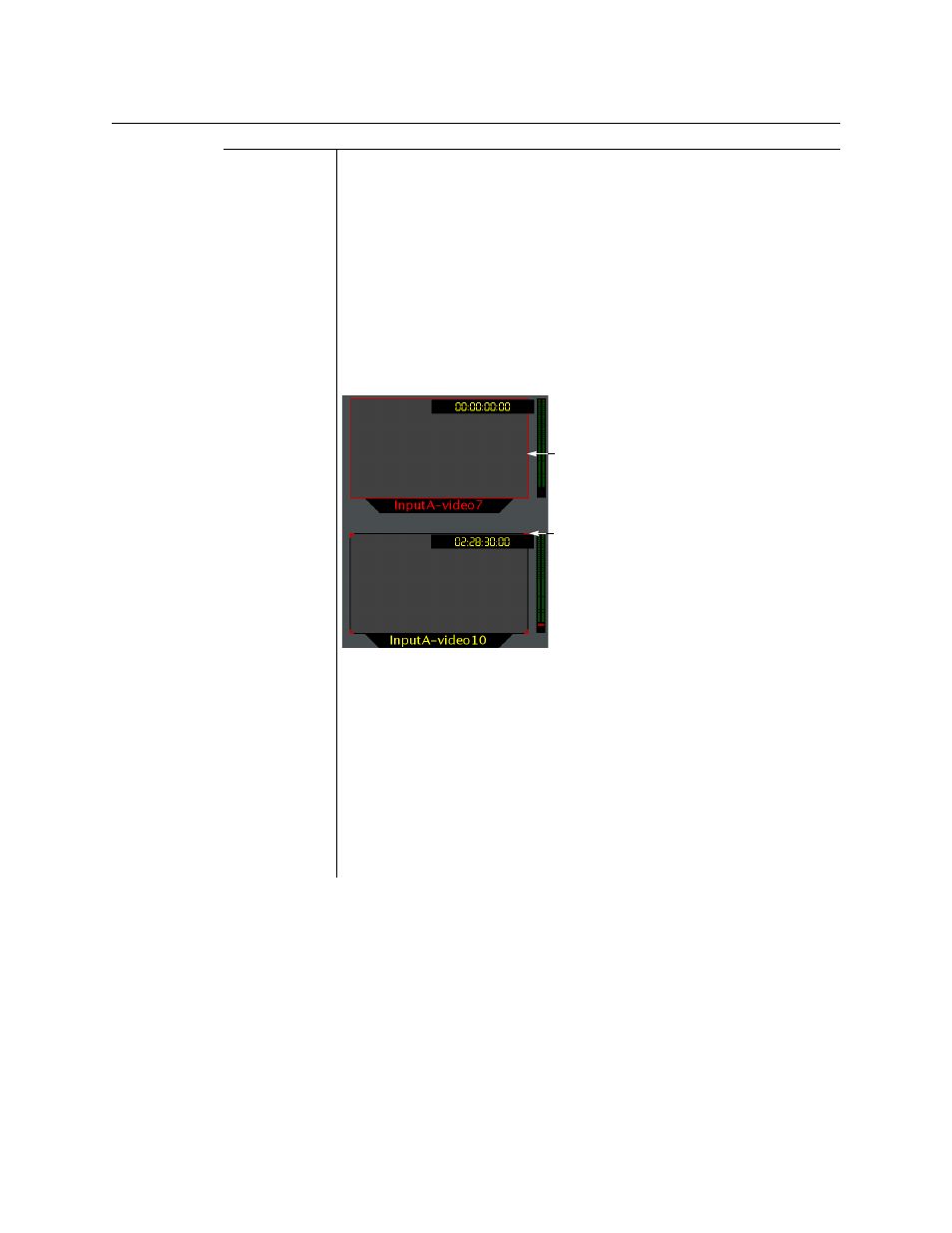Grass Valley Kaleido-X v.7.80 User Manual
Page 40

32
Operation of the Monitor Wall
Key Concepts
Note:
If you have an iControl application server, you may use its GSM alarm
browser to configure an acknowledgement snooze duration, which defines the
period during which alarm status changes detected by your multiviewer are
ignored, immediately after an alarm is acknowledged. Such a snooze period is
typically not desirable in the context of multiviewer alarms. Therefore, a
multiviewer’s GSM has its acknowledgement snooze duration set to 0 ms, by
default.
Video monitors can provide alarm status information through their borders’
color and blinking behavior, and show the latched state as small indicators in
each corner of the video window. UMDs (text and tallies) and alarm monitors
can change their text or background color and blinking behavior, to reflect
the alarm status and show the latched state through their borders.
Configuring a Video Monitor’s Alarm Reporting Behavior
Configuring a UMD’s Alarm Reporting Behavior
, on page 287, and
, on page 293, for details on configuring the
alarm reporting and latching attributes for these layout elements.
The Kaleido-X system tracks the latched state of all alarm levels in a logical
source at all times, even when alarms are not being monitored on the wall, or
via SNMP traps or background actions. It could thus happen that some layout
elements will show a latched status indicator after a layout is loaded, even if
the current state of the corresponding alarm is normal and the alarm was not
monitored in the previous layout (the alarm occurred on the feed while the
feed was not monitored).
Red border indicates
Red corners indicate
current alarm state
latched state
